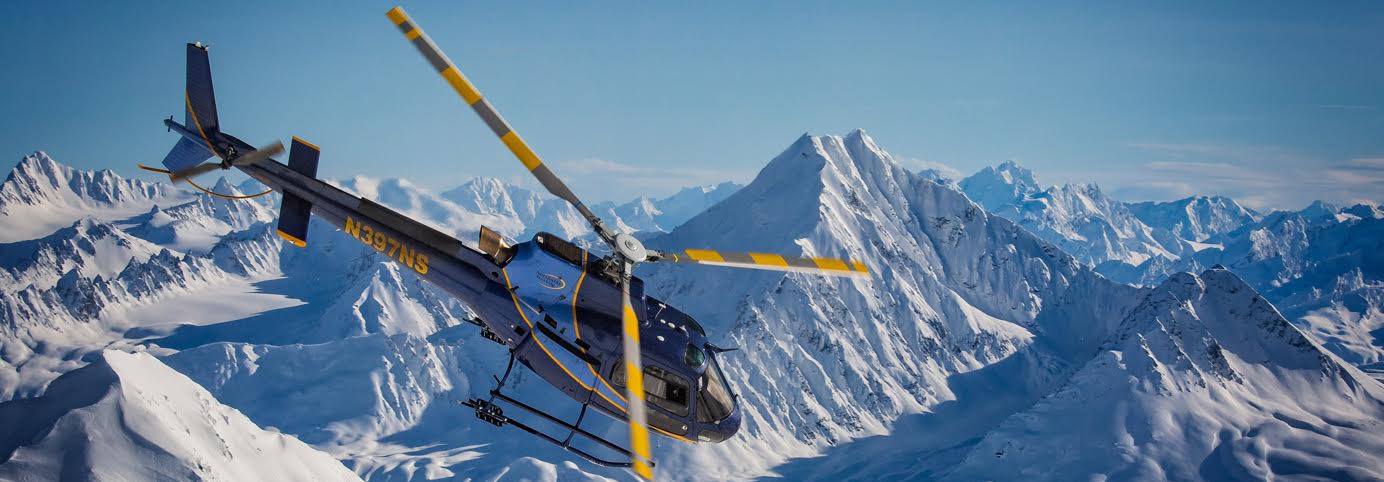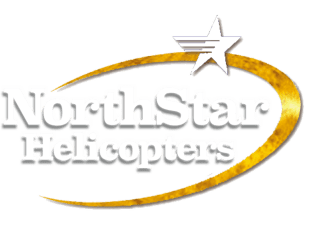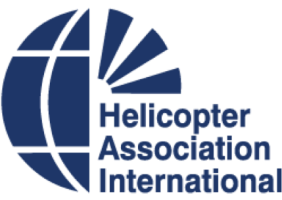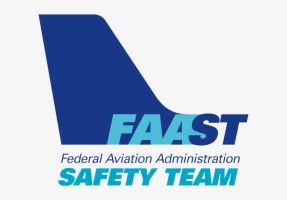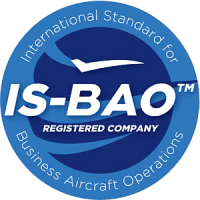Our Safety Management System is a continually evolving set of programs, policies, practices, and procedures. In addition to preserving the health and welfare of our guests, clients, and employees, our system is aimed at protecting our other valuable resources such as aircraft, equipment, and facilities.
In this pursuit, we continuously monitor the helicopter industry to learn “Best Practices” from around the world that might prove useful to our organization. We also actively participate in voluntary organizations such as the Helicopter Association International (HAI), FAA Safety Team (FAAST), International Standard for Business Aircraft Operations (IS-BAO), and Tour Operator’s Program of Safety (TOPS).
The daily responsibility for the execution of our Safety Management System lies with our senior management, who are all committed to ensuring that our staff has the necessary resources to provide safe, reliable, and efficient aviation services. Whether those resources are time, training, equipment, personnel, or specific tools, we will always invest in safety. For instance, our employees are encouraged to utilize our online safety reporting system to report hazards and incidents.
Additionally, we have an extensive Emergency Response Plan that serves as a framework for our immediate response to events ranging from an overdue aircraft to a ground vehicle or aircraft accident. We conduct emergency preparedness drills throughout the year to ensure that our staff are ready in every type of scenario.
Our ultimate goal is to provide world class helicopter flight services to all who enter our facility. In this effort, we have established the following objectives:
- Zero man-hours lost due to negligence or injury
- No serious injury incidents to our guests or employees
- Zero NTSB or FAA reportable incidents or accidents
- Respond/acknowledge all safety reports within 24 hours of submission
- No ramp maneuver incidents
- Provide “Human Factors” training for all pilots and mechanics
Additionally, we continuously monitor satellite and cellular based cameras to aid in determining weather conditions along our routes and in our destination areas. Whether we are helping to fight forest fires, heli-skiing, or conducting our magnificent glacier tours, we actively look to identify hazards in our workplace environment. When hazardous or unsafe conditions are recognized, we endeavor to make informed decisions to eliminate the hazard or mitigate the risk.
Our Helicopters
NorthStar operates AS350 series A-Star Helicopters. These turbine-powered helicopters are manufactured by Airbus Helicopters and are designed to comfortably transport up to six passengers, plus the pilot, all in a forward-facing position. The A-Star offers the widest cabin, smoothest ride, and best speed range in its class of helicopters. Around the world, the A-Star has proven itself as a premier tour helicopter because of its smooth, quiet ride and wide windows that provide excellent viewing opportunities for every passenger.
All of our aircraft are equipped with the following:
- The latest 406-megahertz Emergency Locator Transmitters (or ELT’s)
- High visibility rotor blades
- Pulsating high conspicuity lighting to make ourselves more visible to traffic
- FAA approved restraint systems (single release point, very similar to Airlines)
- Emergency floats/OR Personal floatation devices
- The latest navigational and traffic avoidance equipment
- Satellite tracking system which is monitored by trained flight dispatchers at each of our bases
In 2005, the Federal Administration Aviation Capstone Project initiated its Juneau phase and NorthStar was the first helicopter operator to install the new avionics equipment in all of its aircraft. The new equipment gives our pilots more information in order to conduct safe flights, including the aircraft’s position relevant to the terrain and other aircraft as well as enhanced communications tools and weather information.
